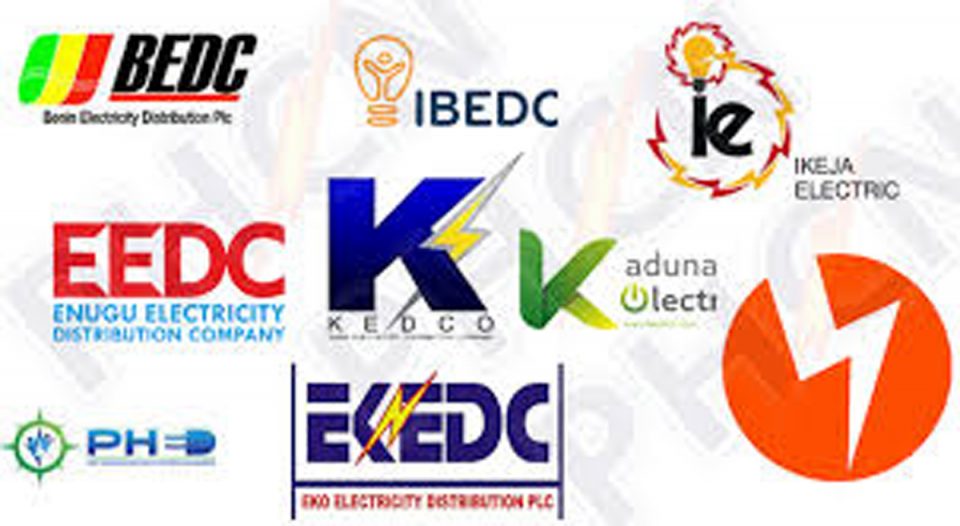The scale of investment in critical national infrastructure – rail, road, and power, being witnessed in Nigeria today, is unprecedented and commendable. However, to make a success of large-scale investments such as these, deliberate planning is mandatory. After all, “who among us will want to build a house and not first sit down to count the cost?”
For many decades before the privatization of the moribund vertically integrated Power Holding Company of Nigeria (PHCN), there was little or no investment in the power sector. These years of neglect led to a weak national power infrastructure sold as scrap to unprepared investors in November of 2013, almost a decade ago.
As a result of systemic issues, not much in the way of improvement has been experienced even though trillions of naira have already been spent by the government to revamp the power sector despite being a largely privatized concern. This is because the Federal Government (FG), through the Central Bank of Nigeria (CBN), throws money at the power sector without technical planning.
Financial interventions that have not resulted in a meaningful flow of power in the sector include the 213 billion Naira Nigerian Electricity Market Stabilization Fund (NEMSF), two tranches of palliatives, 601 billion and 700 billion naira, sunk into the electricity market to cover for liquidity issues and tariff/market shortfalls. This is not to mention the billions spent by Niger Delta Power Holding Company (NDPHC) and Rural Electrification Agency (REA), agencies of the same government in the power sector.
In every three years, the federal government sinks over 2 trillion naira in the power sector, more than 17 percent of the country’s foreign reserves and 20 percent of the 2021 budget, without citizens feeling the actual impact of electricity in their homes, offices, or businesses simply because of lack of technical planning and haphazard investments based on financial interventions from the CBN only.
To be sure, the core mandate of the Central Bank of Nigeria is to revamp the economy but financial interventions in the power sector without having technical know-how or a department of technical and experienced staff in the area of the sector of intervention will always lead to naught. CBN cannot rightly invest in the power sector other than to throw money wastefully at it. No doubt, this is unsustainable.
To address the misalignment between financial interventions and the actual flow of electrical power in the Nigerian Electricity Supply Industry (NESI), the Federal Government, through a number of presidential initiatives (PIs) will have to spend over 3 trillion naira in the next three years and we can say there has never been an investment of this scale in the power sector before now, at least, not in the last 40 odd years.
As a result, a number of projects are notably planned or on-going in the transmission and distribution sectors of the electricity supply value chain. Among these projects are the Transmission Rehabilitation and Expansion Project (TREP), Distribution Sector Recovery Program (DISREP), Service Level Agreement (SLA) project which aims to fix bottlenecks at the interfaces between the networks belonging to distribution companies (DisCos) and the Transmission Company of Nigeria (TCN) to enable both parties to fulfill the requirements of the service based tariffs (SBT) regime, National Mass Metering Programme (NMMP), the Presidential Power Initiative (PPI), etc. There are obviously many more.
Throwing money at this plethora of technically unplanned projects in the NESI will lead to duplicity/multiplicity of resources and is unhealthy for a power system. Except these projects are aligned and coordinated by a single project management office, it will deliver little or no MW (megawatts) of electrical power, waste time and resources, and leave us with many uncompleted, disjointed, and unwanted projects based on antecedents.
It is high time the federal government agencies supporting the power sector (financial and technical) as well as Development Finance Institutions (DFIs) began talking to one another to streamline investment options based on a comprehensive and integrated power system planning which links investments in transmission and distribution networks to actual demand and supply.
Oyebanjo, an engineer, is a UK-trained power system professional.




